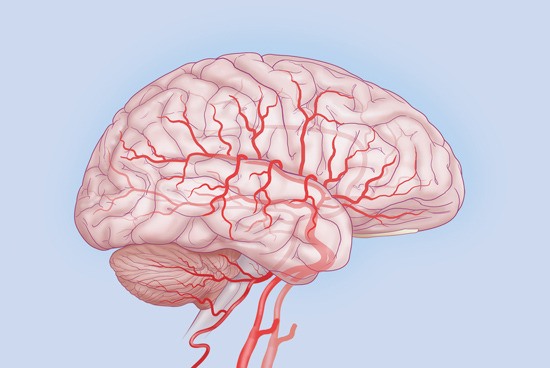By Kayse Angel
Reporter
Every 40 seconds, someone in the United States has a stroke.
Strokes are the fifth leading cause of death in the nation. There were 2,089 stroke deaths in Washington alone in 2014, making it the sixth leading cause of death in the state.
May is recognized by emergency medical technicians and hospitals around the nation as American Stroke Month.
The American Stroke Association uses May to spread the knowledge of strokes and how to prevent them, or to assist someone who is having one. The Stroke Association is a nonprofit organization focused on reducing disability and death from strokes.
What is a stroke?
A stroke is a disease that affects the arteries leading to the brain and within the brain, according to the American Stroke Association.
Strokes can happen when blood vessels that carry oxygen to the brain becomes clotted or bursts. This means the brain can’t get the blood it needs to function, which causes brain cells to die.
A stroke will almost always occur at the back of the brain. The effects of a stroke depend on the location of the obstruction and the brain tissue that is affected in that area.
If a stroke occurs on someone’s right side, it can cause the left side of their body to paralysis, they could have vision problems and in some cases it can lead to memory loss.
If a stroke occurs on someone’s left side, it can cause paralysis on the right side of their body, language problems, slow cautious behavior and memory loss.
Think F.A.S.T
The biggest thing the Stroke Association teaches is to “Think F.A.S.T.” The acronym stands for face, arms, speech and time.
Jen Killion, stroke program manager at East Pierce Fire and Rescue, said F.A.S.T is a great and easy thing to learn.
“I think F.A.S.T is a great tool for getting started,” Killion said. “It’s good for the public to use because it’s simple.”
The first thing to do when it looks likes someone is having a stroke is to ask them to smile. If their face droops, this could be one of the first signs of a stroke.
The next thing to do is to ask them to raise their arms in the air. If their arms drift downward, this is another sign that the person is having a stroke.
The third step is to ask the person to say a simple sentence. If their speech is slurred or hard to understand, this could also indicates they are having a stroke.
The last step is to call 911. It is important to note when the person’s symptoms started and report this to medics.
The faster the person is treated for a stroke, the better the outcome will be for them. If not treated in time, that person might have to live with the side effects of their stroke for the rest of their life and lose their independence.
Valarie Lyttle, the stroke coordinator at Good Samaritan Hospital, said there was an instance when two patients similar in age came in with the same type of stroke, but one was able to go home within 48 hours with no serious affects from their stroke, and the other person had to stay in recovery for days, went to rehab and has life long repercussions from their stroke.
The only big difference between these two cases was time. The first patient was treated with 30 minutes or so and the other one didn’t get treated for about 10 hours.
“The faster we can treat that stroke, the better off they are,” Lyttle said.
Once someone has had a stroke, the likelihood of them having a second one increases.
The best way to try to prevent someone from having another stroke is to make sure they’re eating nutritionally, they are getting enough physical activity and to follow the orders that their doctor has specially given them.
Managing blood pressure and controlling cholesterol and blood sugar are other ways to prevent strokes, as well as losing weight and not smoking.
In Washington, there are stroke comprehensive centers, such as the Good Samaritan Hospital in Puyallup, that care for patients who have had a stroke. There is also advanced care at St. Joseph Medical Center in Tacoma and Tacoma General Hospital.
These medical centers will only work to help stroke victims if citizens react quickly and recognize the symptoms early, so medical treatment can be administrated as soon as possible.
“People don’t always die from strokes, but their lives can be changed forever,” Lyttle said.


